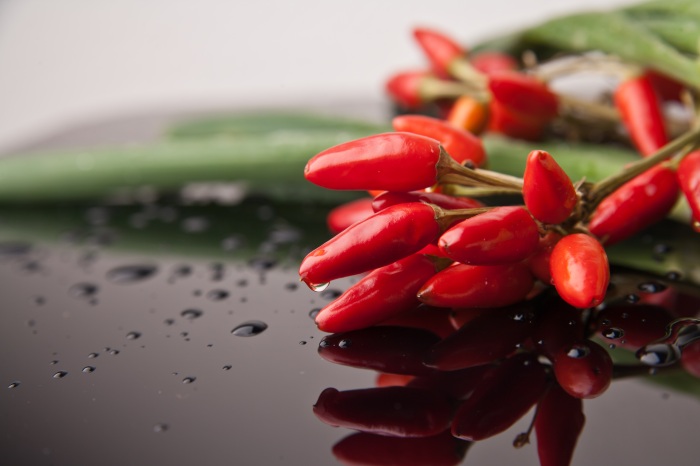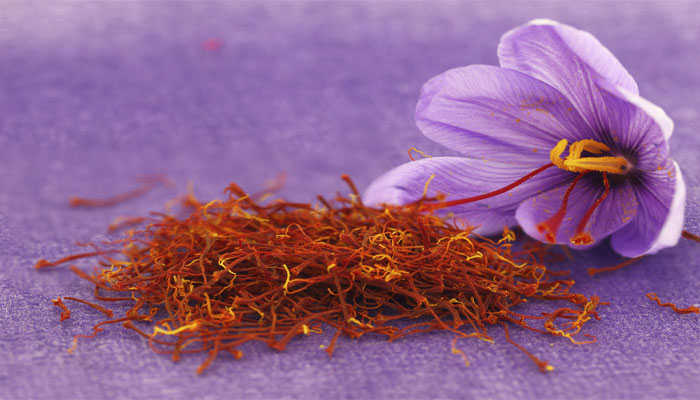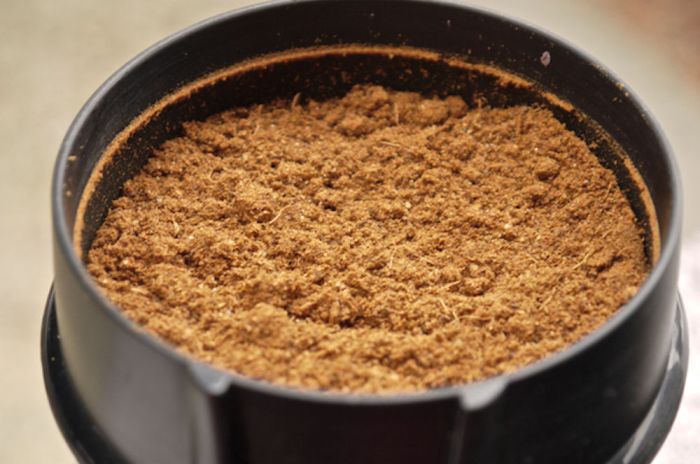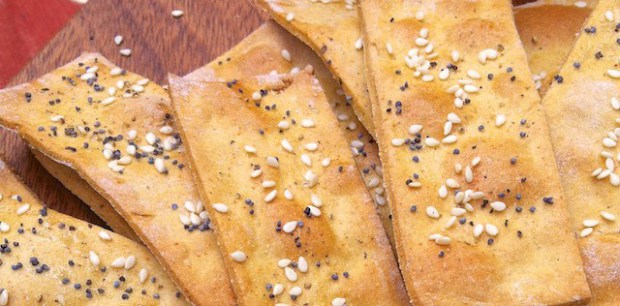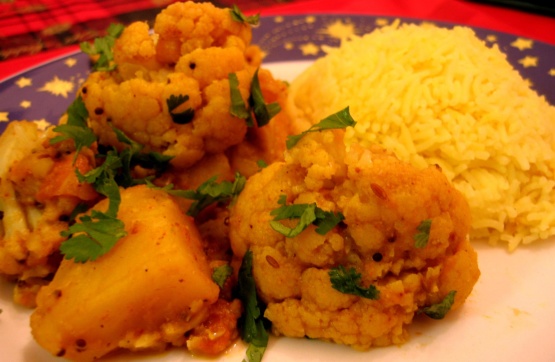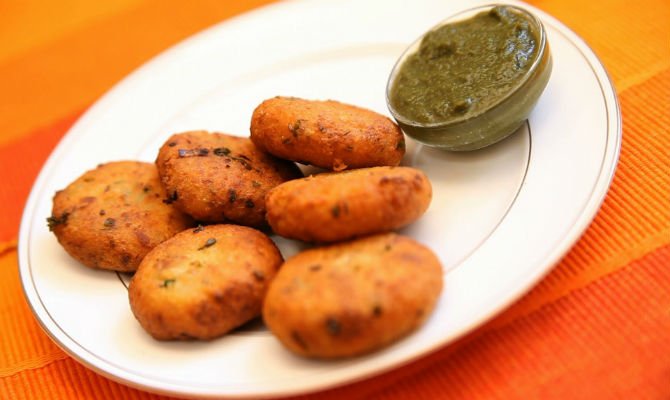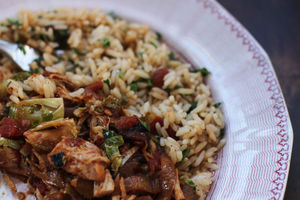
As the holidays come to an end, everyone’s scrambling to get back to everyday life. And as another year passes and New Year’s resolutions from the previous year have been unfulfilled, maybe it’s time to make a new resolution that is actually practical! This resolution involves being less wasteful. If your family is anything like mine, over cooking food for the holidays happens every year. But I stumbled across an article that proves you can turn your holiday leftovers into your favorite curry dish! Below are some directions on how to accordingly do so, fulfilling your resolution of being less wasteful with food and enjoying a delicious twist on Indian cuisine!
Fresh Brussels sprouts add a lovely crunch, greenery and freshness to this dish, but you also can use your cooked leftover sprouts. Just chop them into quarters so they don’t turn into mush.
Start to finish: 35 minutes
Servings: 4
» 3 tablespoons canola or vegetable oil
» 6 whole cloves
» 1 large white onion, sliced into rings
» 4 cloves garlic, minced
» 1-inch chunk fresh ginger, grated
» 14½-ounce can chopped tomatoes
» ½ teaspoon garam masala
» ½ teaspoon cinnamon
» ½teaspoon ground black pepper
» ½ teaspoon chili powder
» 2 cups roughly chopped leftover roasted turkey
» 1 cup fresh Brussels sprouts, finely shredded
» Kosher salt
» Cooked rice, to serve
» Plain Greek yogurt, to serve
In a large skillet over medium, heat the oil until hot. Add the cloves and onion, then cook for 12 to 15 minutes, stirring frequently, until the onions have turned golden brown and are caramelized. Don’t be afraid to give them some time; their sweetness will pay back in this dish.
Add the garlic and ginger. Cook, stirring often, for a couple of minutes, then mix in the chopped tomatoes and ½ cup of water. Cover the skillet and leave to cook for 8 to 10 minutes, or until it has become a rich, thick sauce. Stir in the garam masala, cinnamon, black pepper and chili powder. Add the turkey pieces and the shredded Brussels sprouts, then stir. Cover and cook for 5 minutes. The sprouts should still be fresh and green, but slightly wilted.
If the mixture is too dry, stir in another ¼ to ½ cup of water. Season with salt. Serve hot with rice and a little yogurt on the side.
Nutrition information per serving: 350 calories; 130 calories from fat (37 percent of total calories); 15 g fat (2.5 g saturated; 0 g trans fats); 35 mg cholesterol; 860 mg sodium; 37 g carbohydrate; 4 g fiber; 7 g sugar; 19 g protein.
You can read the full article by Meera Sodha here.
